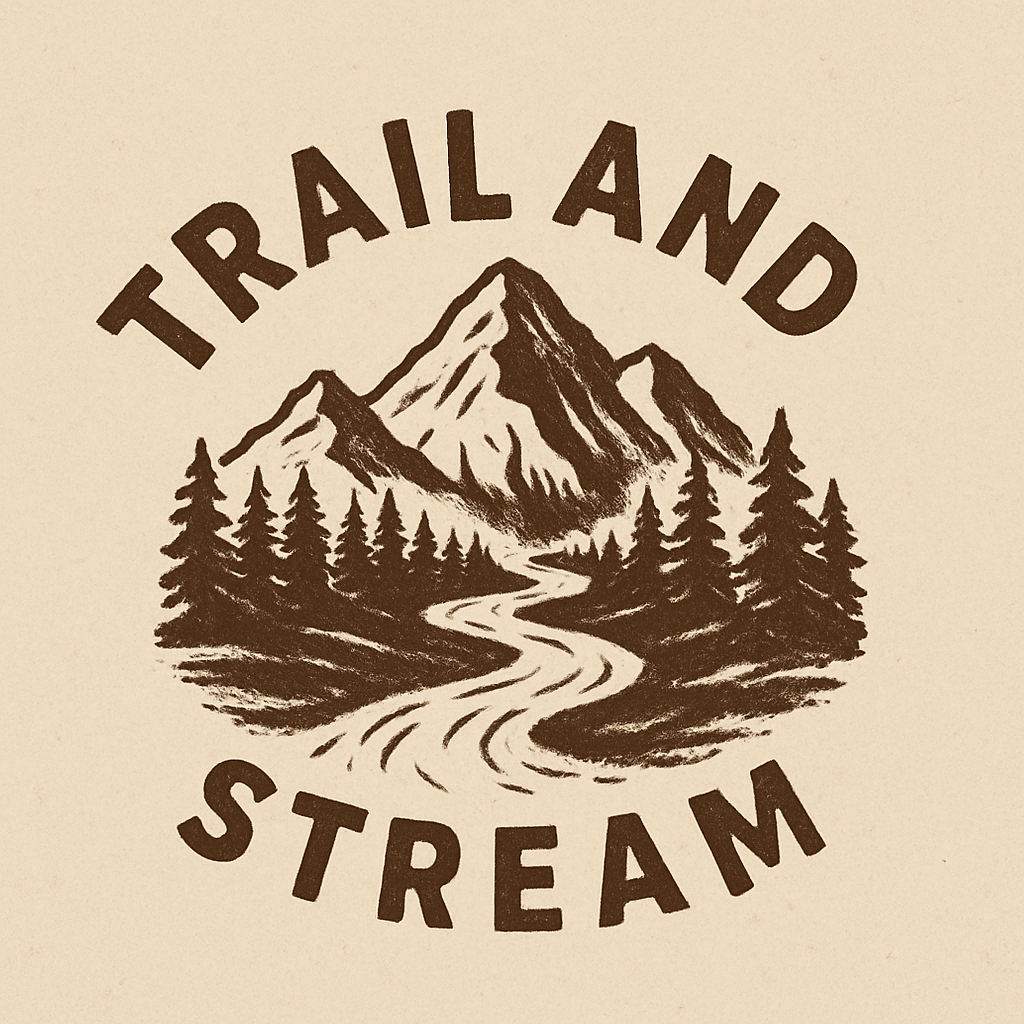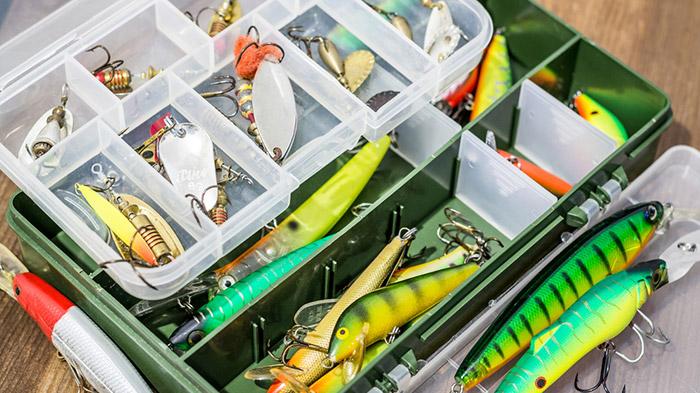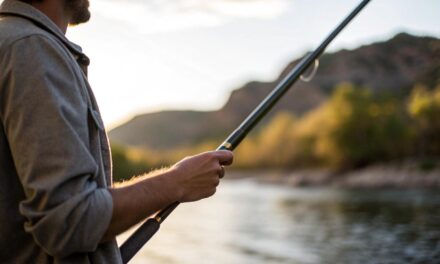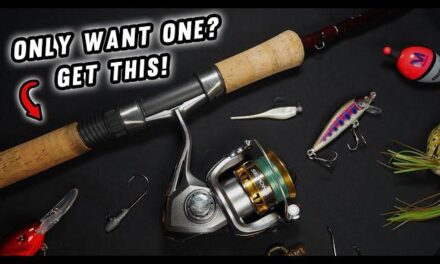The Best Fishing Lures: The Ultimate Guide to Choosing Lures and Organizing Your Tackle Box
Estimated reading time: 7 minutes
Table of Contents
Key Takeaways
- Understanding the differences between freshwater and saltwater lures enhances your fishing success.
- Seasonal changes greatly influence the effectiveness of certain lures, so adapt your selection accordingly.
- Choosing the appropriate fishing hooks is crucial for maximizing catch and ensuring fish safety.
- An organized tackle box saves time and improves efficiency during fishing trips.
- Selecting the right fishing line complements your lure choices and targets specific fishing conditions.
Understanding the Best Fishing Lures for Different Conditions
When it comes to successful fishing, selecting the appropriate fishing lures for different environments and seasons is key. Lures come in various shapes, sizes, and colors, each designed to mimic natural prey, thereby enticing fish to strike.
Freshwater vs. Saltwater Lures
For freshwater fishing, essential lure types include:
- Crankbaits: Effective as they imitate injured fish; their diving action attracts predators like bass and pike.
- Spinnerbaits: Known for flash and vibrations, ideal for covering water quickly and targeting bass in murky waters.
- Jigs: Versatile, mimicking prey on the bottom; customizable with different trailers.
- Soft Plastics: Such as worms and creatures, versatile for various techniques.
In saltwater fishing, larger and more robust lures are often necessary, such as:
-
- Spoons: Mimic baitfish; useful for trolling or casting to species like tuna.
li>Hard-bodied jerkbaits: Target aggressive species like snapper or grouper at different depths.
- Popper lures: Surface lures that create commotion to attract species like tarpon and mackerel.
Seasonal Variations in Lure Effectiveness
Adapting your lure choices according to seasonal changes can significantly increase success:
- Spring: Use moving lures such as crankbaits and spinnerbaits as water warms up and fish become more active.
- Summer: Fish may retreat deeper; employ topwater lures during early mornings and late evenings.
- Fall: When water cools, fish feed aggressively; jigs and spoons are especially effective.
- Winter: Fish are lethargic, so opt for slow-moving lures like jigs.
According to Angling Buzz, understanding these behavioral patterns helps anglers pick the most effective lures for each season.
Species Targeting
Different species respond to specific lures. For example:
- Bass: Spinnerbaits, jigs, and soft plastics are top choices.
- Pike: Larger lures such as jerkbaits or spoons work well.
- Walleye: Jigs tipped with minnows or soft plastics are preferred.
- Trout: Small spoons or spinners are particularly effective during spring migration into shallow waters.
By strategically selecting your gear based on water conditions, seasonality, and target species, you significantly improve your chances of a successful outing.
The Essential Types of Fishing Hooks
The right fishing hooks are as vital as the lures themselves. An effective presentation depends heavily on choosing the appropriate hook for your bait and technique.
Fishing Hooks Types
- Treble Hooks: Comprise three points; commonly used with crankbaits and spoons for aggressive strikes. According to BattlBox, selecting treble hooks can increase hookup rates but require careful handling to release fish safely.
- Circle Hooks: Designed to hook fish in the corner of the mouth, making them preferable for catch-and-release and bait fishing.
- Jig Hooks: Used with jigs and soft plastics, adaptable for many rigging styles, suitable for flipping or dragging along the bottom.
Here’s a quick guide to match hooks with lures:
- For crankbaits: Treble Hooks
- For live bait: Circle Hooks
- For jigs and plastics: Jig Hooks
Matching the right hook with your lure enhances your success and aligns with responsible fishing practices.
Organizing Your Fishing Tackle Box for Maximum Efficiency
A well-organized tackle box streamlines your fishing process, saves time, and helps you focus on catching fish. Effective organization involves thoughtful compartmentalization and regular maintenance.
Strategies for Tackle Box Organization
- Modular Systems: Use customizable tackle boxes to separate different lure types and tools, making items easier to locate.
- Labeling: Clearly mark compartments or small containers to quickly identify contents during your trip.
- Essential Tools: Carry pliers, scissors, hook sharpeners, and extra hooks and weights to handle various situations.
- Regular Reviews: Periodically clean and replace worn or unused items to maintain efficiency.
- Avoid Overpacking: Focus on essentials relevant to your targeted species and water conditions to prevent clutter.
A well-maintained Angling Buzz emphasizes that organized gear improves the overall fishing experience by reducing downtime and frustration.
For example, your tackle box might be arranged as follows:
- Top compartment: Soft plastics
- Middle compartment: Jigs and weights
- Bottom compartment: Hard lures like crankbaits and spinners
Choosing the Right Fishing Line
Complement your lure and hook choices with the appropriate fishing line. The line you select influences your casting distance, sensitivity, and ability to land fish.
Fishing Line Guide
- Monofilament: Flexible, easy to tie knots, and buoyant; great for topwater lures and general fishing scenarios.
- Fluorocarbon: Less visible underwater, sinks quickly, and resists abrasion; ideal for clear water and finesse techniques.
- Braided: High strength with no stretch, offering increased sensitivity; suited for fishing in heavy cover or long casts.
Using the right line based on your target species and water clarity ensures your setup performs optimally, increasing your chances of a successful catch.
Conclusion
Mastering the art of choosing the best fishing lures according to conditions, seasons, and targeted species, combined with an organized tackle setup and the right gear, can dramatically improve your fishing success. Regularly experimenting with different lures and techniques, while maintaining an organized approach, prepares you for a variety of fishing scenarios.
Be sure to explore local fishing reports and seasoned anglers’ advice to refine your gear and tactics. Sharing your experiences and tips can foster a community of successful anglers. Happy fishing, and may your next trip be your best yet!
Frequently Asked Questions
How do I choose the best fishing lure for a new location?
Research the local fish species and water conditions, and consider seasonal behaviors. Using local knowledge and trial-and-error will help identify the most effective lures for that environment. Consulting guides like Angling Buzz can provide valuable insights.
What are the advantages of using a well-organized tackle box?
An organized tackle box allows quick access to the right gear, minimizes downtime, and helps you adapt efficiently to changing fishing conditions. It also reduces frustration and helps you stay focused on your fishing experience.
What type of fishing line is best for freshwater fishing?
Monofilament and fluorocarbon lines are most common for freshwater fishing. Monofilament is forgiving and easy to handle, while fluorocarbon offers better concealment in clear water. Your choice depends on your target species and fishing technique.





